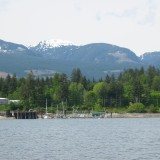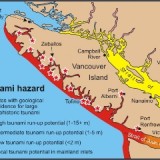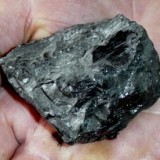The recently released Application Information Requirements/Environmental Impact Statement (AIR/EIS) Guidelines Document on the Raven Underground Coal Mine Project signals the end of the Pre-application Stage of the Environmental Assessment (EA) process and sets the table for the next stage, which is the Application Stage. This AIR/EIS document is partly the culmination of several years of public consultation, which included 3 public meetings and 3 public comment periods, resulting in a near record 5,000 written comments submitted. Over 95% of the written comments expressed concern or opposition to the project.
In theory, the purpose of the public consultation was to produce an AIR/EIS that would adequately address the public concerns about the massive coal mine’s negative impacts on the region’s water aquifers, the Baynes Sound shellfish industry, air and noise pollution, and socio-economic issues, just to name a few. Not surprisingly, the early reviews of the AIR/EIS show a document that is largely deficient, and the AIR/EIS has not adequately addressed the public’s concerns. Since the proponent’s application will be based on the AIR/EIS document, it’s clear that the application will be flawed and not address the public’s numerous and legitimate concerns, and moreover the future EA process on this project will not be rigorous or comprehensive.
Despite widespread public concern and opposition, and the lack of a social license being granted by the residents of the Comox Valley and Port Alberni, the EA process continues to move forward. However, the huge public outcry over the coal mine proposal is growing louder every day and the communities impacted by the Raven Mine are united more than ever in their opposition to this insane proposal.
In the coming months we’ll continue to strengthen our message of concern and opposition to the Raven Mine, and make it clear to our local, provincial, and federal elected officials that this project is unacceptable. With the provincial election just around the bend, you never know, some of them might actually listen.
A lot of twists and turns left to go in this saga, and as Yogi Berra once said, “It ain’t over ‘til it’s over.” Stay tuned.
John Snyder is a resident of Fanny Bay, BC, and the president of CoalWatch Comox Valley







